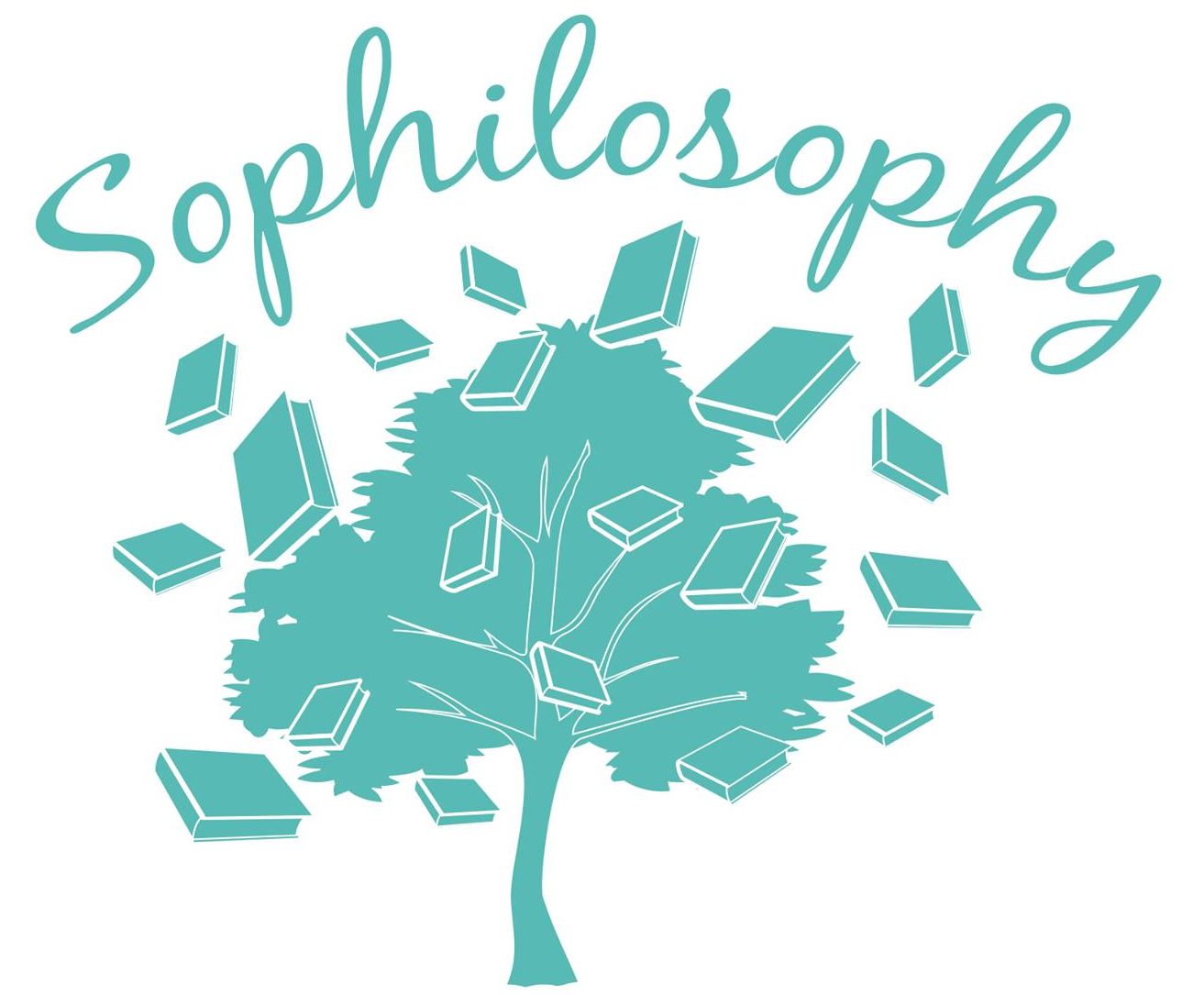The new image of the wild image from classic to contemporary literature
The way witches have been framed within literature and society, has been refashioned over time. The term ‘witch’ derives from the Old English noun, ‘wicca’ which means ‘wise woman’. Ultimately distinguishing between the two genders as women were predominantly accused of witchcraft. In later years however, ‘wicca’ became ‘wicche’, a thankfully genderless definition. When picturing a witch, the image seems self-evident. They wear pointy hats, are green, extremely ugly with pointy noses, they fly around on broomsticks and enjoy gobbling on the flesh of children. Above all, they practice magic. Creating potions and concoctions of curses and general wickedness. They are women who do not adhere to societal norms and are therefore detached from communities. She is a wild woman.
But now it seems, that the witches we once though were foul, evil and vindictive, are actually powerful, beautiful and free. From classic to contemporary literature, the once ostracised witch is now someone who can harness her power. The movement of the new witch appears to be reclaiming the perception of what it means to be one. A modern witch is still said to be wild, but instead embraces the mystical element of womanhood.
In classic literature like Macbeth, the Three Witches were renowned for their weird and troubling traits. Written at a time where opinion on witchcraft bordered hysteria, the Three Witches set the standard for spooky witchery. They were evil and enjoyed harming animals or ‘killing swine’ as it was put. In Greek Mythology, Circe was a witch written in Homer’s Odyssey. She was breathtakingly beautiful but feared by many. She would lure her enemies into her grasp, before transforming them into pigs through the use of magical herbs and potions. The combination of sexual allure and raw wildness made Circe a horrifying witch to the people of ancient Greece.
However, today, the word ‘feminist’ and ‘Witch’ seem almost interchangeable. Now, a witch hunts ‘wrongdoers’, using her power to combat the evil happenings in the world. April Graham from Sabat Magazine, a publication based on modern witchcraft, describes a witch as being someone ‘who stands against patriarchy and everything that is currently wrong with our society and any society throughout the ages.’ A witch is a goddess and her wildness is an image of cultural progression. In modern literature the image of the witch has also progressed into a wild but wonderful woman. In Naomi Novik’s Uprooted, Kasia is a beautiful and graceful witch, with the only intent to do good in the world. She finds herself having to fight against the ruler of her misogynistic world, a wizard who takes in a different girl to live with every ten years. Yet, in The Wizard of Oz, it is the Wicked Witch of the West who is isolated and therefore deemed evil. Her pointy hat, green skin and ugly warts imply that she is wicked, but there are stories of her yearning for a normal life but it was her aesthetic that did not let her. She was instead perceived as too wild, too ugly and too wicked.
Modern literature has allowed the image of the Witch to change, like we see in The Witch of Portobello. Paulo Coelho paints the image of a Witch named Athena, who is on a quest for love and spirituality. In her pursuit for enlightenment and escapism, she hopes to find a more inclusive and harmonious understanding of her spiritual longing. Instead of being knocked down and shackled for her magical powers, she instead becomes a spiritual and controversial leader.
Hermione Granger in the Harry Potter series might be classed as one of the most outspoken yet good witches out there. She is a praised feminist figure, evoking female power and knowledge to fight evil. In Hermione, a Witch is a person who takes responsibility for her own transformation through acts of ritual, creativity and focused intention. She only does good and is recognised as an integral part in the wizarding world.
For thousands of years the mythology of the Witch was just a toxic projection of societal norms, that was ultimately reinforced by fear. She was a wild woman and still is a wild woman but what we take away from that has changed. It is not so much that the ‘Witch’ has changed but more so the interpretation of the word. How we see a label can define how we see the person. If we see a Witch as a powerful, wild and wonderful woman, then we should not fear her. Like Professor Dumbledore once said in Harry Potter and the Philosophers Stone, “Fear of a name increases fear of the thing itself.”
This was originally published in a magazine I created with some classmates called Go With Me! Check it out here.


